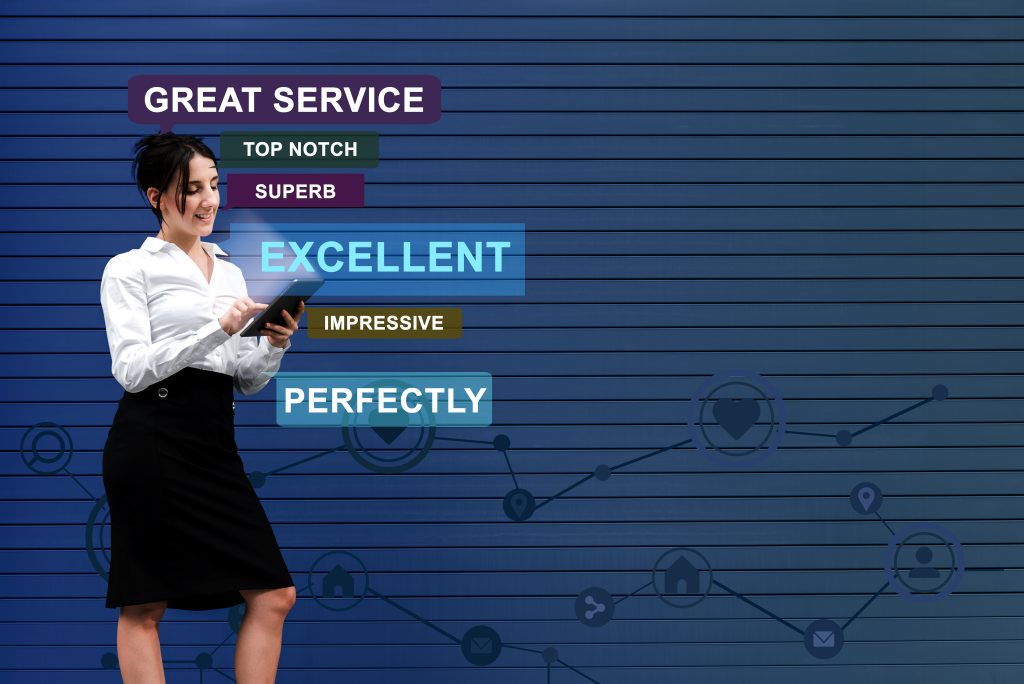Kickstart Blogs
Published: Sept 2025 · 6 min read
by Adam Scott
Best Field Service Management Software for 2025: Top 7 Tools Compared
Running a service business in 2025 means juggling more than just appointments—you’ve got customer expectations, mobile teams, invoicing deadlines, and data insights all demanding your attention. Without the right FSM tools, you’ll waste time, miss chances, and give your competition an edge.
That’s where comparing smart tools helps. Below are the top 7 field service management (FSM) software platforms in 2025, and how Kickstart stacks up. Use this to decide what fits your team, your budget, and your growth plan.

Why Businesses Need Field Service Management Software
Service businesses of all types often struggle with:
Scheduling Issues
Double bookings, missed appointments
Crew Management
Poor visibility into what field teams are doing in real-time
Payment Delays
Slow or messy invoicing and payments, leading to cash flow issues
Communication Gap
Poor coordination between office staff and field teams
Time Waste
Hard to access reporting and analytics
scheduling, mobile access, invoicing/payments, client communication, and reporting.
Top 7 FSM Tools in 2025 & How They Compare
Here are seven of the best FSM platforms this year, with strengths, trade-offs, and ideal users.| Tool | What It’s Great At | What to Watch Out For | Best for… |
|---|---|---|---|
| ServiceTitan | Very rich feature set: power dispatching, detailed pricebook tools, strong reporting & analytics. Deep integrations. | Higher cost; steeper onboarding; many features may exceed what small teams need. | Large operations, multi-branch businesses, or service companies needing enterprise-grade control. |
| Housecall Pro | Very user-friendly, mobile-first; good automation (reminders, review requests), CRM-style features, online booking. | Add-ons can add cost; some advanced workflow tools or pricebook features may lag vs ServiceTitan. | Growing small to medium businesses wanting easier customer experience and automation, without huge complexity. |
| Jobber | Clean, simple interface; essentials like scheduling, invoicing, quoting; good for small teams. Quick setup. | Less depth in advanced reporting, pricebook flexibility, or enterprise scale. Integrations may be more basic. | Solo operators or small teams who want reliability, ease, and low friction. |
| FieldEdge | Strong QuickBooks integration; dispatch & scheduling tools; good for tracking parts, times, technician performance. | May have less polish in UX/automation features vs some competitors. Features & scalability sometimes less than ServiceTitan. | Businesses already using QuickBooks heavily, or those wanting good operational tools without over-complexity. |
| Zoho FSM | Very customizable workflows; part of Zoho’s ecosystem; good if you already use other Zoho products. Schedule & route optimization included. | Might require more setup; sometimes features you get in “premium” tools are in add-ons or require deeper configuration. | SMBs who want flexibility and integration with CRM/other business tools. |
| ServiceM8 | Lightweight yet powerful; great mobile apps; useful for smaller / Apple-centric teams. Fast job dispatching and core functionality. | Less suited for very large teams, or deeply complex workflows; may miss some “enterprise features.” | Solo or small teams who need functionality without bloat. |
| Kickstart | Combines scheduling, mobile job management, real-time updates, invoicing & payments, CRM features; built for service businesses. Minimal switching between apps; good balance between simplicity and depth. | As newer in market vs big names, fewer legacy integrations (depending on the region), may need more built examples and user base to prove large-scale performance. | Teams wanting modern, all-in-one FSM tool with friendly UI + essential power features; growing small → medium businesses. |
Key Benefits You’ll Find in the Best FSM Tools
When comparing, look for tools that deliver these outcomes:
- Less admin time with automated scheduling, reminders, route optimization
- Faster payments & invoicing (online payments, instant invoicing, payment follow-ups)
- Better coordination between field and office: mobile access, job updates, communication tools
- Improved customer experience: appointment tracking, online booking, transparent pricing, reviews
- Actionable reporting & insights so you can make data-driven decisions and scale
- Seamless integrations with popular tools, CRMs, and communication platforms to keep all business operations synced and efficient.

Final Thoughts
In 2025, the best field service management software strikes a balance: enough power to automate, connect, and provide insight—but without overwhelming your team. If you run a small to medium service business and want to grow without getting buried in tools, Kickstart offers that sweet spot: simple onboarding, mobile field access, core essentials, and room to scale.
Ready to see how Kickstart compares in your workflow?
Frequently Asked Questions (FAQs)
Look for: job scheduling & dispatch, mobile app for field staff, invoicing & payments, CRM/client management, reporting/analytics, integrations (especially accounting tools), ease of use, good customer support.
Not necessarily. More expensive tools often offer enterprise-grade features and breadth, but if you don’t use many of those, you may pay for unused complexity. It’s better to match features to business size, workflow, and growth plan.
Typically setup takes from a few days (for simpler tools, smaller teams) to several weeks (for larger teams or when migrating data, customizing workflows). Training & change management matter.
Yes — many FSM tools (including Kickstart) support scalable pricing or modular add-ons. Starting with core features and adding more as you grow is a smart approach.
related Posts

How Do I Manage Jobs and Invoices in One Platform?

The Future of Field Service: Trends to Watch in 2025








